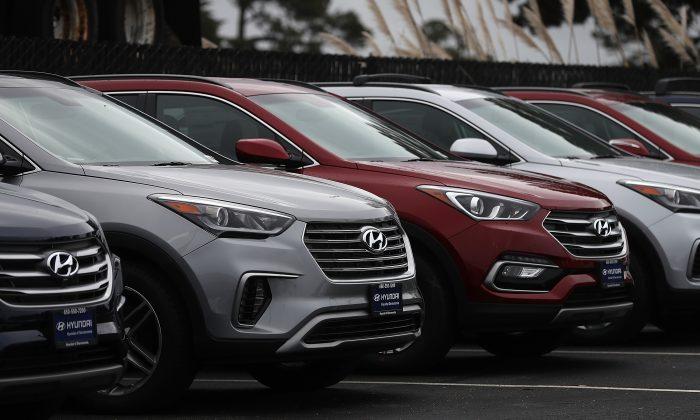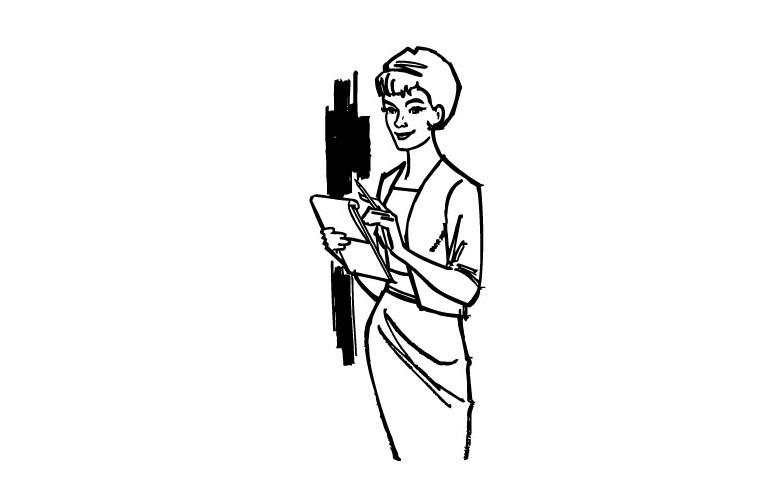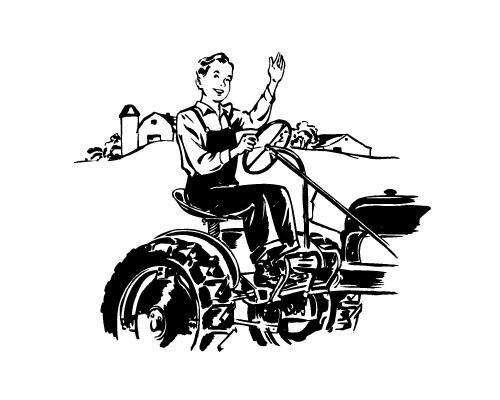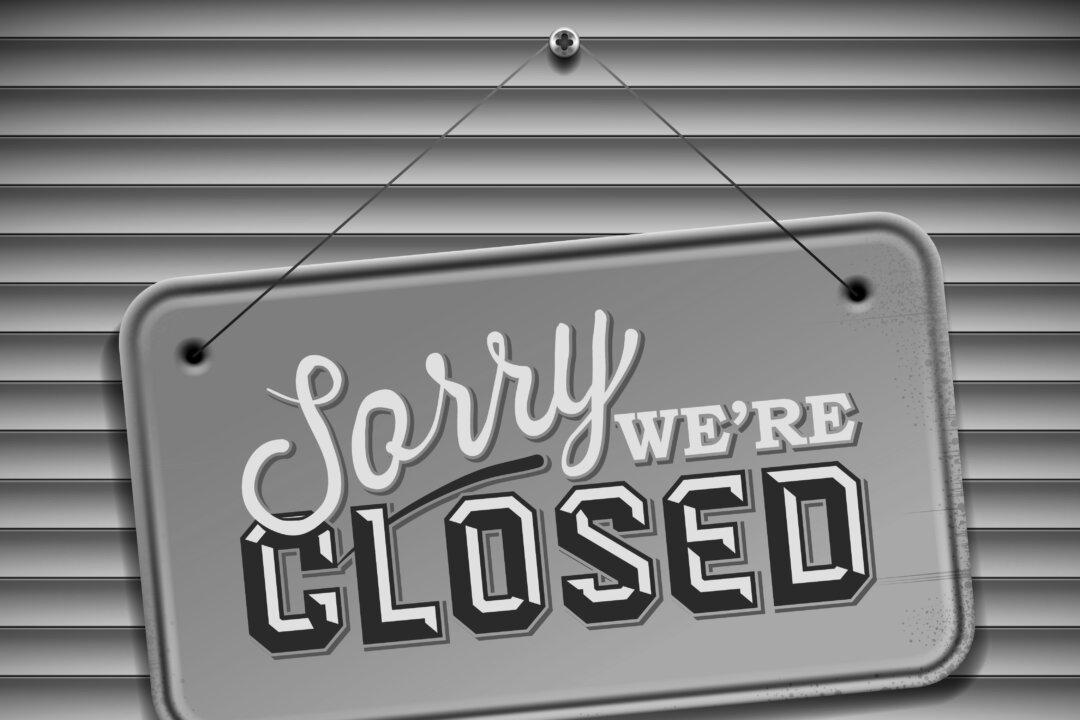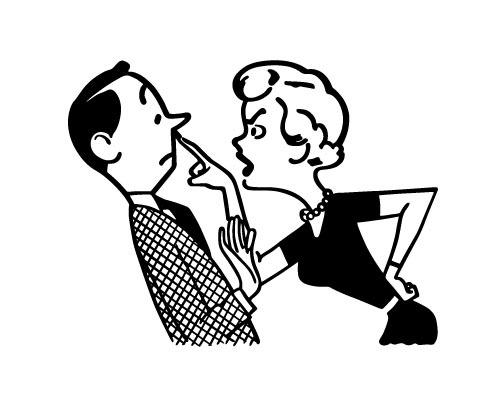Dear Dave,
I’m on Baby Step 2, and I’m working hard to get out of debt. My last two debts are $6,000 on a credit card, and $10,000 on a car loan. I’ll be receiving a $6,000 bonus at work in a couple of weeks, and I was wondering what to do with the money. I’m single, and I make about $45,000 a year, so should I sell the car and get rid of some debt that way, or use the extra money to completely pay off the credit card debt?
Aaron
Dear Aaron,
Just remember the debt snowball—pay off your smallest to largest. In your case, that means knocking out the credit card debt completely, and then attack the car loan with a vengeance. It will be a lot easier once you’re rid of that credit card debt. A $10,000 car with a $45,000 income isn’t unreasonable, but don’t mess around and let that note hang around longer than absolutely necessary.
My rule of thumb when it comes to things with motors, wheels—I’m talking about big toys, here—is when they’re all added together, they shouldn’t equal more than half your annual income. You don’t want that much money wrapped up in things that are going down in value. You’re in no danger of that here, but at this point you’re so close to being debt-free you can practically taste it.
Follow the plan, Aaron. And stay focused and intense about becoming debt-free. You’re almost there!
—Dave
